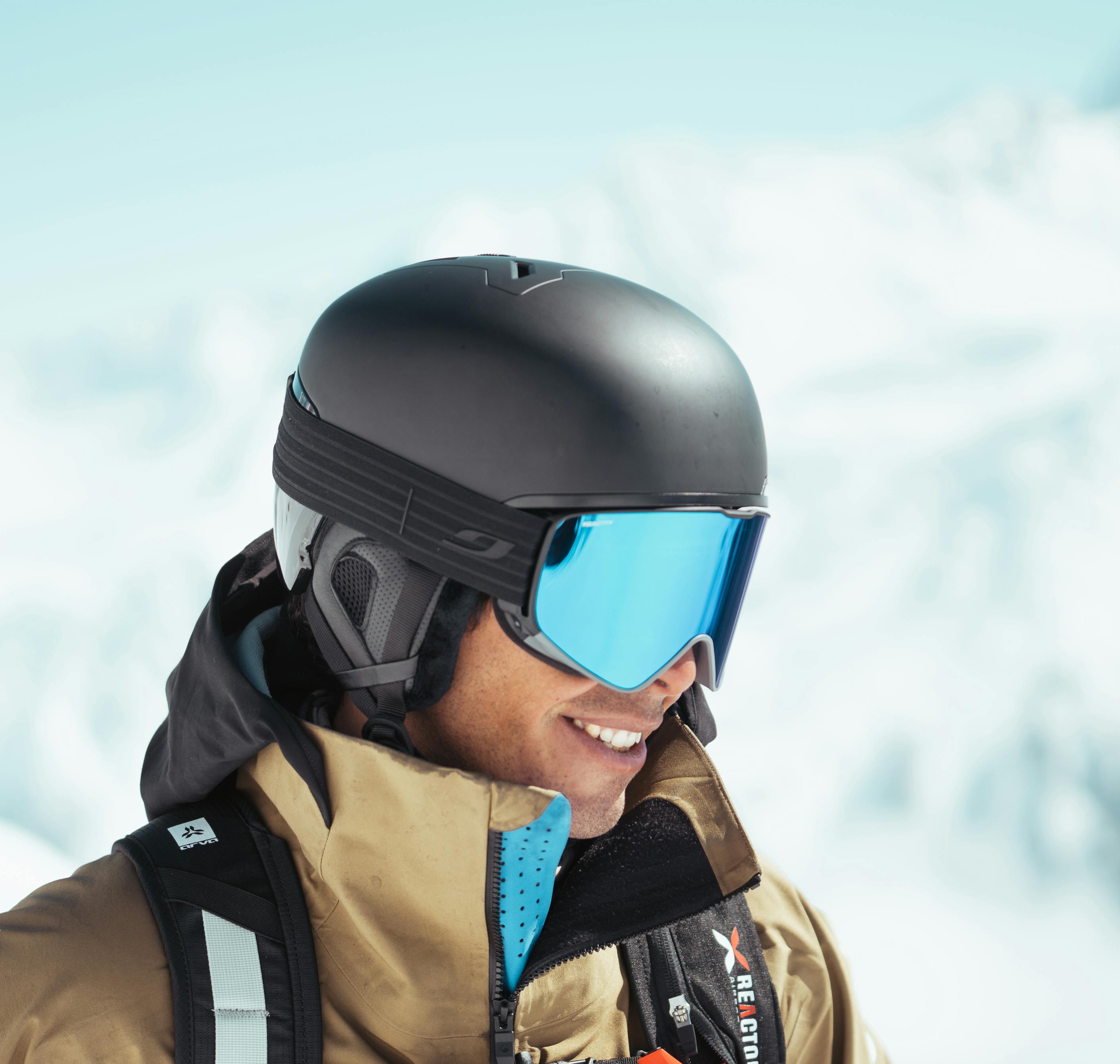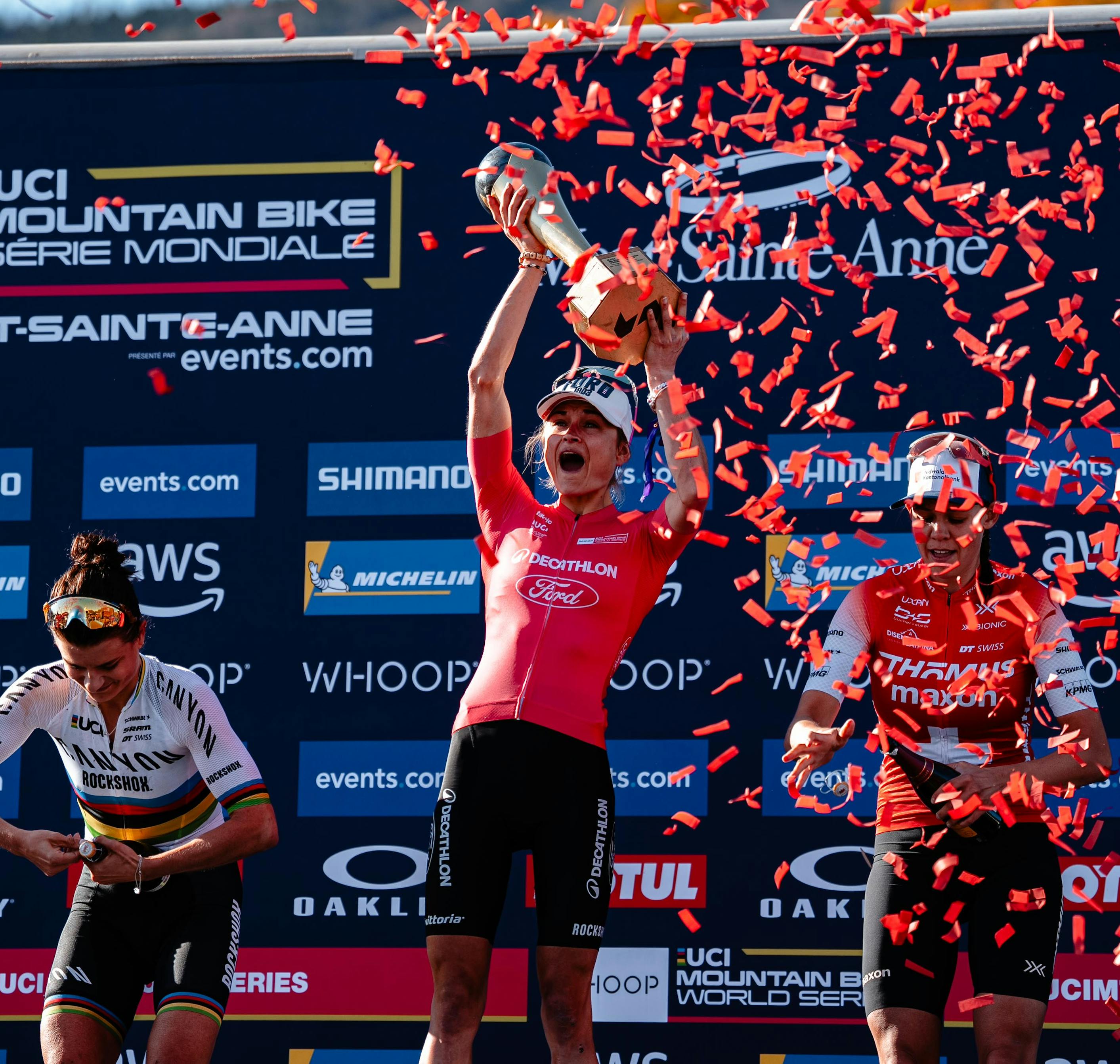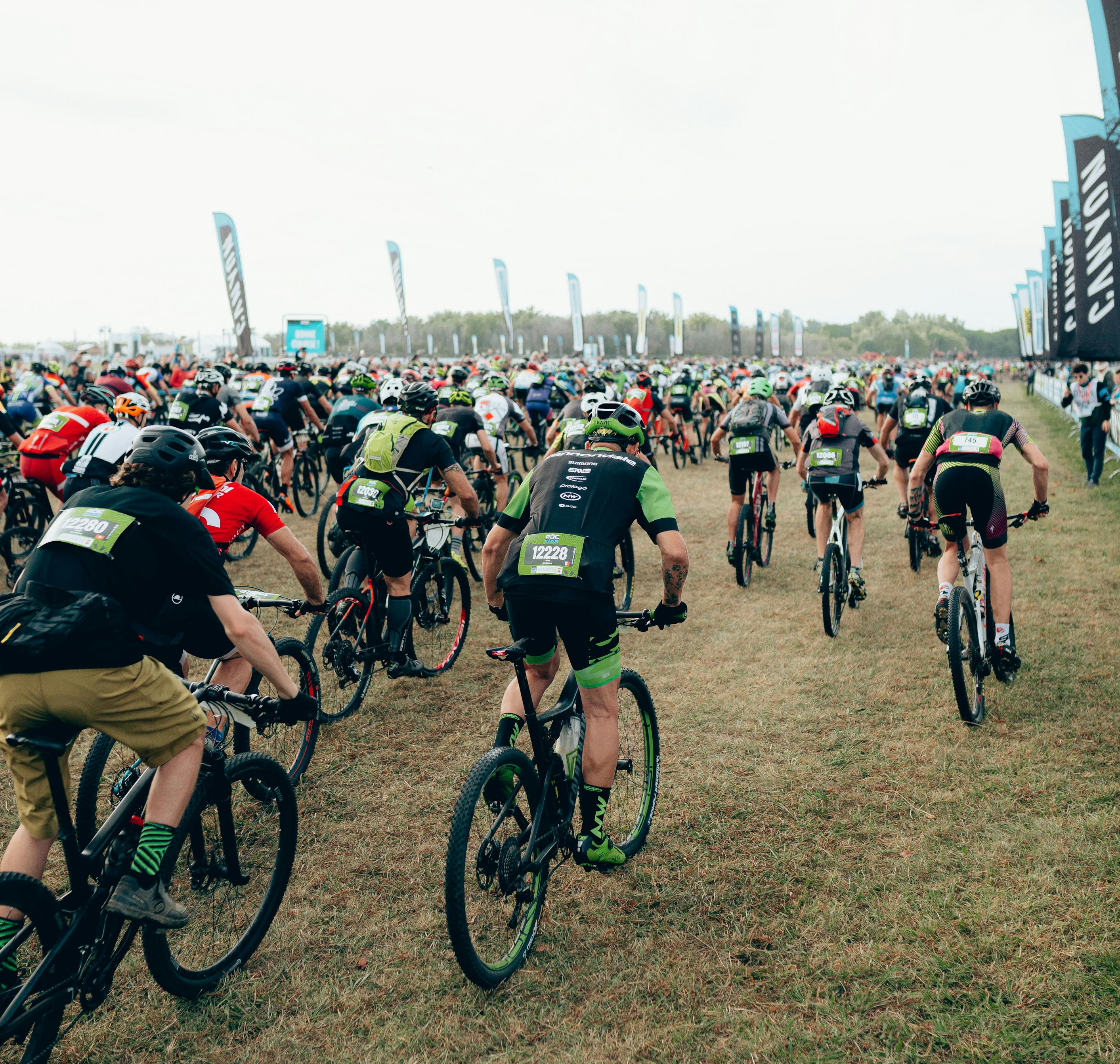The ultimate ski goggle buying guide: How to choose the perfect pair for mountain adventures
When winter arrives and the mountains call, having the right equipment can make all the difference between an average day and an exceptional experience on the slopes. Among all your ski accessories, goggles are perhaps the most crucial for both safety and performance. The best ski goggles will protect your eyes from harsh mountain conditions while enhancing your vision to help you navigate varying terrain with confidence. Whether you're new to skiing and snowboarding or looking to upgrade your current eyewear, this comprehensive buying guide will help you choose the perfect pair of ski goggles for your winter adventures.
Why quality ski goggles are an essential investment
Many new skiers and snowboarders don't realize just how important proper eye protection is on the mountain. Ski goggles offer multiple benefits that sunglasses simply cannot provide in alpine environments. They shield your eyes from UV rays, which are significantly stronger at high altitudes and can be amplified by snow reflection. Quality goggles also protect against wind, cold, precipitation, and flying debris while providing the wide field of vision necessary for safely navigating down slopes.
But perhaps most importantly, the right ski goggles will enhance your visibility in challenging mountain conditions. From bright sunny days to flat light conditions where depth perception becomes difficult, specialized lens technologies can dramatically improve your visual experience and, consequently, your performance and safety on the mountain.
Understanding different lens types and technologies
When shopping for ski goggles, you'll encounter various lens shapes, tints, and technologies. Understanding these features will help you make an informed choice.
Lens shapes: Spherical, cylindrical, and toric
The shape of your goggle lens affects both aesthetics and performance:
- Spherical lenses: These curve both horizontally and vertically, mimicking the shape of your eye. They offer a wider field of vision, less distortion, and better peripheral vision. Top performance goggles often feature spherical lenses;
- Cylindrical lenses: These curve horizontally but remain flat vertically. While they may offer a slightly smaller field of view compared to spherical options, many cylindrical lens designs now provide excellent performance at a more accessible price point;
- Toric lens designs: A newer innovation that combines benefits of both shapes, offering improved peripheral vision without the bulbous look of fully spherical lenses.
Lens tints and light transmission
Different weather conditions call for different lens tints. Lens tints are rated by VLT (Visible Light Transmission) percentage, indicating how much light passes through:
- Dark tints (5-20% VLT): Best for bright, sunny days when glare protection is essential;
- Medium tints (20-40% VLT): Versatile options for partly cloudy days or changing conditions;
- Light tints (40-80% VLT): Ideal for overcast days, flat light conditions, or night skiing when maximum light transmission is needed.
Many experienced skiers and snowboarders will have multiple lenses to change throughout the day as light conditions change. However, if you want one goggle that can handle changing light conditions, consider photochromic lenses.
Photochromic lenses: The adaptive solution
Photochromic lenses automatically darken or lighten in response to changing UV exposure, making them incredibly versatile for mountain environments where conditions can change quickly. These innovative lenses contain special molecules that react to UV light, providing protection in bright conditions while adapting to maintain visibility when clouds roll in.
The performance of photochromic lenses has improved dramatically in recent years, with the best options now changing quickly and offering a wide range of light transmission. While they typically come at a higher price point, the convenience of not having to change lenses or carry multiple pairs can make them a worthwhile investment for regular skiers and snowboarders.
Essential features to look for in quality ski goggles
Beyond lens technology, several other features contribute to the performance, comfort, and durability of ski goggles:
Anti-fog technology
Fogging is perhaps the most common complaint with ski goggles. When warm air from your face meets the cold lens, condensation can form and severely limit visibility. Quality goggles combat this problem through multiple approaches:
- Double lens construction: Creates an insulating barrier between inner and outer lenses;
- Anti-fog coating: Applied to the inner lens to prevent moisture buildup;
- Ventilation system: Strategic vents allow moisture to escape without letting cold air directly hit your eyes.
Even the best anti-fog technologies have their limits in certain conditions, which is why some advanced goggles now feature innovative ventilation systems that allow you to increase airflow when needed without removing your goggles. This can be particularly helpful during high-exertion activities like ski touring or when riding in warm spring conditions.
Frame design and face foam
The frame and face foam directly impact comfort and fit, especially during long days on the mountain.
Look for multi-layered face foam with moisture-wicking properties to keep you comfortable. The foam should create a secure seal against your face without creating pressure points. Frame flexibility is also important—a frame that's too rigid may not adapt well to different face shapes or work effectively with your helmet.
Helmet compatibility
Most skiers and snowboarders now wear helmets, making goggle-helmet compatibility essential. When worn together, your goggles and helmet should create a seamless fit without a gap (known as "gaper gap") on your forehead.
Strap design is another consideration—look for adjustable, non-slip straps that can accommodate your helmet. Some modern goggles feature outriggers or hinges on the frame to help the goggles sit flush against your face when worn with a helmet.
Finding the right fit for your face
Ski goggles come in various sizes to accommodate different face shapes. Finding the right fit is crucial for both comfort and performance.
Size considerations
While many goggles are designed to fit most adult faces, brands typically offer options for smaller faces, women-specific designs, and kids sizes. The right size goggle should:
- Fit comfortably on your face without pressure points;
- Create a seal all the way around without gaps;
- Sit properly on your face without pushing down on your nose or riding up on your forehead;
- Provide good peripheral vision without the frame obstructing your view.
OTG (Over The Glasses) options
If you wear prescription glasses, look for OTG goggles specifically designed to accommodate the arms of your glasses. These goggles typically feature deeper frames and foam cutouts to prevent pressure points. While OTG goggles can work well, many regular glasses wearers eventually opt for prescription inserts that mount inside regular goggles or consider contact lenses for skiing and snowboarding.
Lens change systems for varying conditions
If you choose goggles with interchangeable lenses rather than photochromic options, the ease of changing lenses becomes an important consideration. Early interchangeable lens systems were often frustrating to use, especially with cold hands on the mountain. However, newer quick-change systems have revolutionized the process:
- Magnetic lens systems: Allow for lens changes in seconds without touching the lens surface;
- Lever or switch mechanisms: Provide secure lens attachment with simple operation;
- Frame-integrated systems: Where the lens connects directly to the frame without additional components.
When considering interchangeable lens goggles, think about how and where you'll store your spare lens. Many premium goggles come with protective cases or pouches for extra lenses, which can help prevent scratches when carrying them in your jacket or backpack.
Choosing the right goggles for different snow conditions
Different mountain environments and weather conditions may call for specialized goggle features.
Backcountry and ski touring considerations
For those venturing beyond resort boundaries, ventilation becomes even more critical. The physical exertion of uphill travel can quickly overwhelm standard anti-fog systems. Look for goggles with enhanced ventilation options that can be adjusted during your ascent. Weight also becomes more important for backcountry users, with lighter frames and lenses reducing the load during long tours.
Resort riding in varying weather
>Resort skiers and snowboarders face rapidly changing conditions as they move between exposed slopes, sheltered tree runs, and time spent on lifts or in base areas. For these environments, versatility is key. Consider either photochromic lenses or a system that allows for quick lens changes without returning to the lodge.
Spring skiing considerations
Late-season skiing brings unique challenges with intense sun, warmer temperatures, and rapidly changing conditions. For spring conditions, look for:
- Enhanced UV protection for intense high-altitude sun;
- Superior ventilation systems to prevent fogging in warmer temperatures;
- Mirrored lenses to reduce glare from wet, reflective snow.
Caring for your ski goggles to extend their life
Quality ski goggles are an investment that can last for many seasons with proper care. To keep your goggles performing at their best:
Always use the protective bag or case when not wearing your goggles. Never wipe the inside of the lens when wet—instead, allow goggles to dry naturally away from direct heat. When cleaning is necessary, use only products specifically designed for goggle lenses, as household cleaners can damage anti-fog coatings. Between ski days, store your goggles in a dry place at room temperature, never in a hot car or cold garage where temperature extremes can degrade materials.





